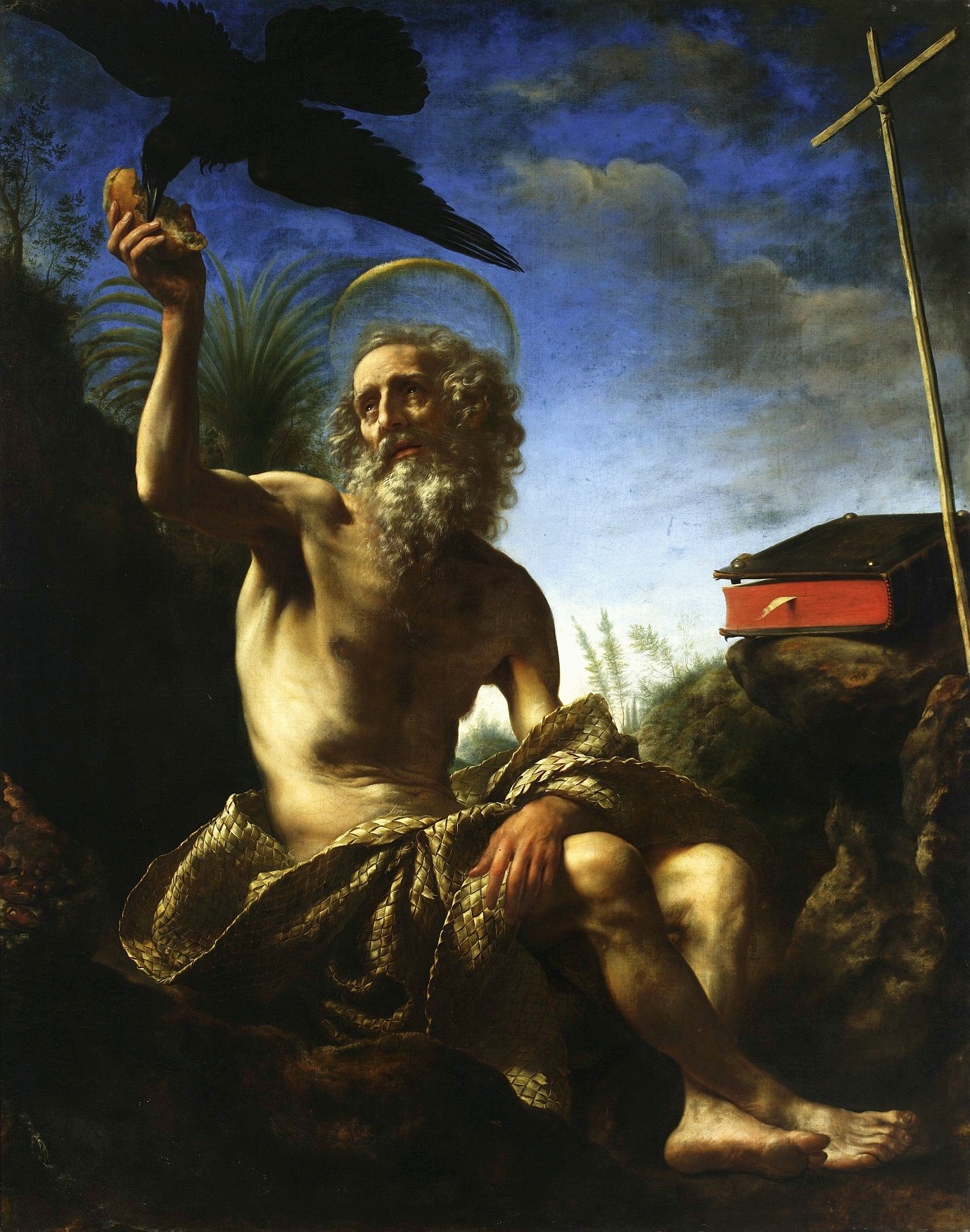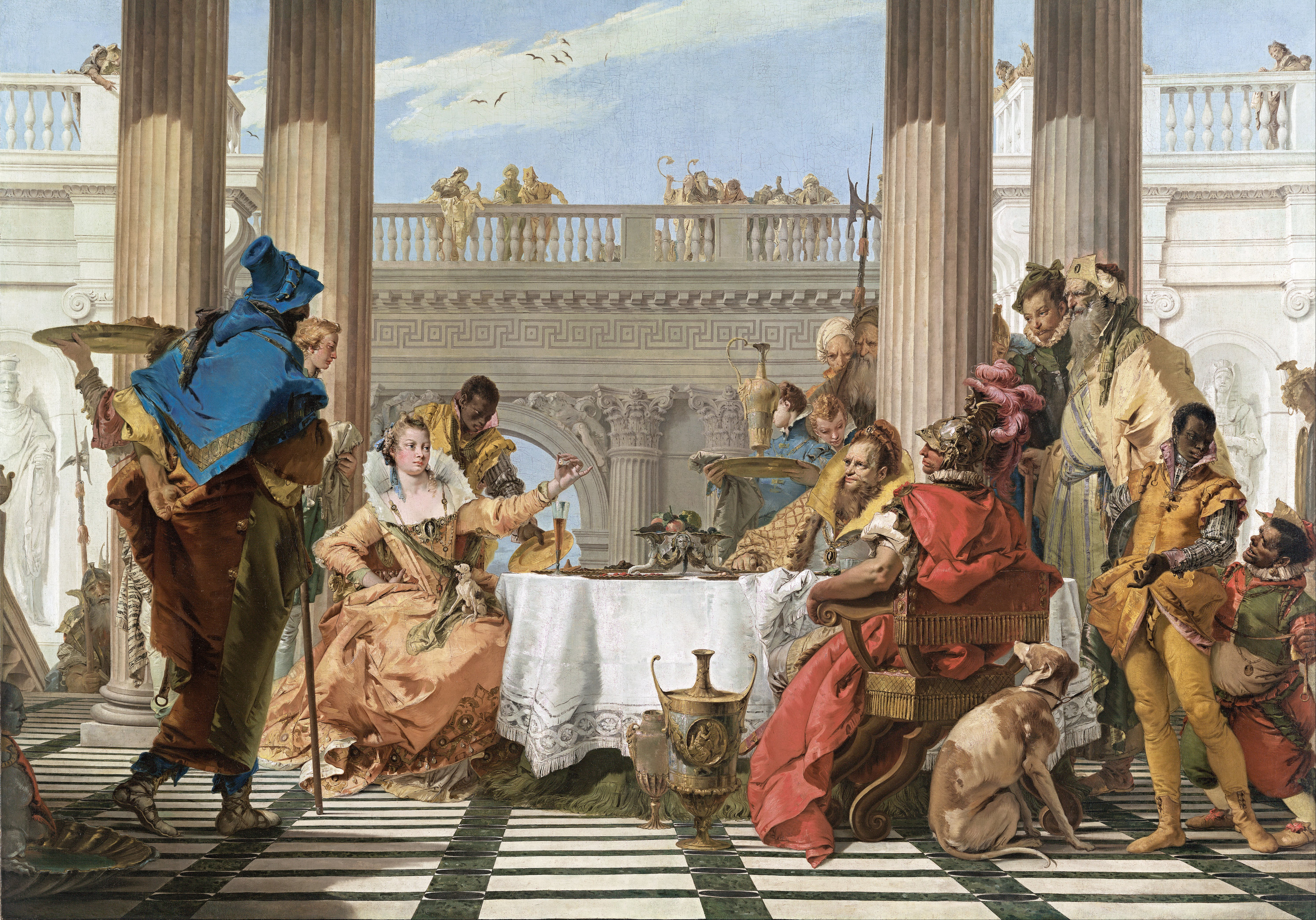|
Musée Magnin
The Musée Magnin is a national museum in the French city of Dijon in Burgundy, in the Côte-d'Or department, with a collection of around 2,000 works of art collected by Maurice Magnin and his sister Jeanne and bequeathed to the state in 1938 along with the hôtel Lantin, a 17th-century hôtel particulier in the old-town quarter of Dijon where it is now displayed as an amateur collector's cabinet of curiosities and as the Magnin family home. Building Built between 1652 and 1681 for Etienne Lantin, councillor in the Accounts Chamber, the townhouse became the property of the Magnin family in the 19th century when Jean-Hugues Magnin (1791-1856) bought it in 1829. Without altering its historic flavor, the townhouse was redesigned in the 1930s by the Parisian architect Auguste Perret, to house the collection that Maurice Magnin, a year after the death of his sister Jeanne, willed to the State in 1938. This choice followed donations to the Musée Jacquemart-André in 1912 and the Musé ... [...More Info...] [...Related Items...] OR: [Wikipedia] [Google] [Baidu] |
Art Museum
An art museum or art gallery is a building or space for the display of art, usually from the museum's own Collection (artwork), collection. It might be in public or private ownership and may be accessible to all or have restrictions in place. Although primarily concerned with Visual arts, visual art, art museums are often used as a venue for other cultural exchanges and artistic activities, such as lectures, performance arts, music concerts, or poetry readings. Art museums also frequently host themed temporary exhibitions, which often include items on loan from other collections. Terminology An institution dedicated to the display of art can be called an art museum or an art gallery, and the two terms may be used interchangeably. This is reflected in the names of institutions around the world, some of which are called galleries (e.g. the National Gallery and Neue Nationalgalerie), and some of which are called museums (including the Metropolitan Museum of Art, the Museum of Mo ... [...More Info...] [...Related Items...] OR: [Wikipedia] [Google] [Baidu] |
Jan Baptist Huysmans
Jan Baptist Huysmans (born 1654 in Antwerp; died 1716 in Antwerp) was a Flemish painter active in Antwerp who is known for his Italianate and arcadian landscapes and architectural capricci. Life Jan Baptist Huysmans was born in Antwerp as the son of Hendrick Huysmans and Catharina van der Meyden. He was baptized in Antwerp Cathedral on 7 October 1654.Ph. Rombouts en Th. Van Lerius, 'De Liggeren en andere Historische Archieven der Antwerpsche Sint Lucasgilde, onder Zinkspreuk: "Wy Jonsten Versaemt"', Julius de Koninck, 1871, pp. 439, 450 and 607 Jan Baptist was the brother of Cornelis, a prominent landscape painter.Jan Baptist Huysmans at the Netherlands Institute for Art History
[...More Info...] [...Related Items...] OR: [Wikipedia] [Google] [Baidu] |
Parisian Atticism
In the history of art, Parisian Atticism is a movement in French painting from 1640 to 1660, when painters working in Paris elaborated a rigorous neo-classical style, seeking sobriety, luminosity and harmony, and referring to the Greco-Roman world. Leading exponents of the style were Eustache Le Sueur, Laurent de La Hyre, and Jacques Stella; other practitioners include Sébastien Bourdon Sébastien Bourdon (2 February 1616 – 8 May 1671) was a French painter and engraver. His ''chef d'œuvre'' is ''The Crucifixion of St. Peter'' made for the cathedral of Notre Dame de Paris, Notre Dame. Biography Bourdon was born i ....Geraldine E. Fowle, "Two Pendants by Sébastien Bourdon: A Study in Iconography and Style", ''Boston Museum Bulletin'' 71:364:75-91 (1973), , p. 75 Notes 17th-century French art Neoclassical movements {{Art-movement-stub ... [...More Info...] [...Related Items...] OR: [Wikipedia] [Google] [Baidu] |
Carlo Dolci
Carlo (or Carlino) Dolci (25 May 1616 – 17 January 1686) was an Italian painter of the Baroque period, active mainly in Florence, known for highly finished religious pictures, often repeated in many versions. Biography He was born in Florence, on his mother's side the grandson of a painter. He was precocious and apprenticed at a young age to Jacopo Vignali, and when only eleven years of age he attempted a whole figure of St John, and a head of the infant Christ, which received some approbation. However Dolci was not prolific. "He would take weeks over a single foot", according to his biographer Baldinucci. His painstaking technique made him unsuited for large-scale fresco painting. He painted chiefly sacred subjects, and his works are generally small in scale, although he made a few life-size pictures. He often repeated the same composition in several versions, and his daughter, Agnese Dolci, also made excellent copies of his works. When only eleven years of age, he attempted ... [...More Info...] [...Related Items...] OR: [Wikipedia] [Google] [Baidu] |
Bernardo Strozzi
Bernardo Strozzi, named il Cappuccino and il Prete Genovese (c. 1581 – 2 August 1644) was an Italian Baroque painter and engraver. A canvas and fresco artist, his wide subject range included history, allegorical, genre and portrait paintings as well as still lifes.Chiara Krawietz. "Strozzi, Bernardo." Grove Art Online. Oxford Art Online. Oxford University Press. Web. 2 February 2017Bernardo Strozzi, ''Nature morte avec une corbeille de fruits, un vase de fleurs et des fruits sur un entablement'' at Galerie Canesso Paris Born and initially mainly active in |
Alessandro Allori
Alessandro di Cristofano di Lorenzo del Bronzino Allori (Florence, 31 May 153522 September 1607) was an Italian painter of the late Mannerist Florentine school. Biography In 1540, after the death of his father, Allori was brought up and trained in art by a close friend, often referred to as his 'uncle', the mannerist painter Agnolo Bronzino, whose name he sometimes assumed in his pictures. Allori supplemented this training with a study trip to Rome, between 1554 and 1560, and with anatomical research which included the dissection of human corpses, provided by the Hospital of Santa Maria Nuova. In the prime of his career, Allori headed one of the "two most important workshops in Florence in the second half of the 16th century" (the other being headed by Santi di Tito). He served as First Consul of the Accademia del Disegno in 1573, and was made head of the ''Arazzeria Medicea'', Florence's state-owned tapestry workshop, in 1581. Allori also worked, under the guidance of Giorg ... [...More Info...] [...Related Items...] OR: [Wikipedia] [Google] [Baidu] |
Gaspare Traversi
Gaspare Traversi (c. 1722 – 1 November 1770) was an Italian Rococo Rococo (, also ), less commonly Roccoco or Late Baroque, is an exceptionally ornamental and theatrical style of architecture, art and decoration which combines asymmetry, scrolling curves, gilding, white and pastel colours, sculpted moulding, ... painter best known for his genre works. Active mostly in his native city of Naples, he also painted throughout Italy, including a stay in Parma. Gaspare appears to have been born to a Genoese merchant living in Naples.Intorno all'ambiente familiare di Gaspare Traversi (1722-1770): documenti inediti dagli archivi napoletani RR Terrone - Kronos, 2009 He appears to have been baptized on February 15, 1722, in the church of Santa Maria dell'Incoronatella in Naples under the name Gasparro Giovanni Battista Pascale Traversa. He trained under Francesco Solimena. He was a contemporary of other Solimena pupils, Giuseppe Bonito (1707–1789), also a genre painter, and F ... [...More Info...] [...Related Items...] OR: [Wikipedia] [Google] [Baidu] |
Giovanni Stefano Danedi
Giovanni Stefano Danedi (1608 or 1612–1690) was an Italian painter of the Baroque period. he is also known as Stefano Montalti. by Pierre Jean Mariette, Philippe de Chennevières, Anatole de Montaiglon; 1857-1858; page 9. Biography He was born at , and was the brother of Gioseffo Danedi, also a painter called ''il Montalto'' and also a pupil of the painter |
Giovanni Antonio Pellegrini
Giovanni Antonio Pellegrini (29 April 1675 – 2 November 1741) was one of the leading Venetian history painters of the early 18th century. His style melded the Renaissance style of Paolo Veronese with the Baroque of Pietro da Cortona and Luca Giordano. He travelled widely on commissions which brought him to England, the Southern Netherlands, the Dutch Republic, Germany, Austria and France.Bernard Aikema. "Pellegrini, Giovanni Antonio." Grove Art Online. Oxford Art Online. Oxford University Press. Web. 9 Mar. 2016. He is considered an important predecessor of Giovanni Battista Tiepolo. One of his pupils was Antonio Visentini. Life Pellegrini was born in Venice. His father, also called Antonio, was a shoemaker from Padua. Pellegrini was a pupil of the Milanese painter Paolo Pagani. He travelled with his master to Moravia and Vienna in 1690 and was back in Venice in 1696 where he painted his first surviving works. The work of fellow Venetian Sebastiano Ricci had an importa ... [...More Info...] [...Related Items...] OR: [Wikipedia] [Google] [Baidu] |
Giovanni Battista Tiepolo
Giovanni Battista Tiepolo ( , ; March 5, 1696 – March 27, 1770), also known as Giambattista (or Gianbattista) Tiepolo, was an Italian painter and printmaker from the Republic of Venice who painted in the Rococo style, considered an important member of the 18th-century Venetian school. He was prolific, and worked not only in Italy, but also in Germany and Spain. Giovan Battista Tiepolo, together with Giambattista Pittoni, Canaletto, Giovan Battista Piazzetta, Giuseppe Maria Crespi, and Francesco Guardi are considered the traditional Old Masters of that period. Successful from the beginning of his career, he has been described by Michael Levey as "the greatest decorative painter of eighteenth-century Europe, as well as its most able craftsman." Biography ''The Glory of St. Dominic'', 1723 Early life (1696–1726) Born in Venice, he was the youngest of six children of Domenico and Orsetta Tiepolo. His father was a small shipping merchant who belonged to a family th ... [...More Info...] [...Related Items...] OR: [Wikipedia] [Google] [Baidu] |
Giovanni Cariani
Giovanni Cariani (c. 1490–1547), also known as Giovanni Busi or Il Cariani, was an Italian painter of the high-Renaissance, active in Venice and the Venetian mainland, including Bergamo, thought to be his native city. Overview His father, also Giovanni Busi, was born in Fuipiano Al Brembo which is a hamlet of San Giovanni Bianco (Bergamo), and was appointed a local magistrate for the Venetian authorities. His son, also born in Fuipiano Al Brembo, is known to have lived in Venice starting in 1509, and may have trained with either Giovanni Bellini or Giorgione, and almost certainly was influenced by them. Though he worked often in Bergamo, he died in Venice in 1547. He was strongly influenced by Palma il Vecchio, but had a provincial love of scenery as seen in his ''Sacra conversazione with a youthful donor''. While working in Bergamo (1517–1523), he likely overlapped with Lorenzo Lotto, who worked there from 1513-1525. ''Cariani and the Courtesans'' The 1987 BBC Two te ... [...More Info...] [...Related Items...] OR: [Wikipedia] [Google] [Baidu] |
Jan Van Bijlert
Jan Hermansz van Bijlert (1597 or 1598 – November 1671) was a Dutch Golden Age painter from Utrecht, one of the Utrecht Caravaggisti whose style was influenced by Caravaggio. He spent some four years in Italy and was one of the founders of the Bentvueghels circle of northern painters in Rome. Biography Jan van Bijlert was born in Utrecht, the son of the stained glass worker Herman Beernts van Bijlert. He may have had some training by his father. Subsequently, he became a student of Abraham Bloemaert. Like other painters from Utrecht, he travelled in France and Italy. In 1621 he was, along with Cornelis van Poelenburch and Willem Molijn, a founding member of the circle of Dutch and Flemish artists in Rome known as the Bentvueghels. It was the custom among the Bentvueghels to adopt a nickname. Van Bijlert's nickname was "Aeneas". By 1625, he had returned to Utrecht, where he married and joined the schutterij. In 1630, he became a member of the Utrecht Guild of St. Luke and ... [...More Info...] [...Related Items...] OR: [Wikipedia] [Google] [Baidu] |



_-_Google_Art_Project.jpg)
.jpg)



